Published 11 Jul 2024
Exploring Web3 Use Cases: From DeFi to NFTs and Beyond

Web3 represents the next generation of the internet, characterized by decentralized technologies that prioritize user control, privacy, and data security. Unlike the current web, often referred to as Web2, which is dominated by centralized platforms and services, Web3 leverages blockchain technology, smart contracts, and decentralized networks to create an internet where users have greater ownership and agency over their digital interactions. This shift promises to redefine how we interact online, offering new levels of transparency, security, and efficiency.
Web3 technologies hold the potential to revolutionize industries by enabling more democratic and inclusive systems. In finance, they offer more accessible and transparent financial services; in the arts and entertainment, they empower creators and change how we value digital content; and in governance and community projects, they facilitate more participatory and equitable decision-making processes. As we delve into these use cases, it becomes clear that Web3 is not just a technological upgrade but a paradigm shift that could fundamentally alter the digital landscape and our relationship with it.

DeFi (Decentralized Finance)
Decentralized Finance, commonly known as DeFi, refers to a collection of financial services built on blockchain technology that aims to recreate and improve upon traditional financial systems. DeFi operates on decentralized networks, primarily Ethereum, using smart contracts to execute transactions without the need for intermediaries like banks or brokers. This approach promotes transparency, security, and inclusivity, making financial services accessible to anyone with an internet connection.
The core principles of DeFi include:
- Decentralization
Financial operations are managed by smart contracts on blockchain networks rather than centralized entities.
- Transparency
All transactions are recorded on public ledgers, ensuring full transparency and auditability.
- Permissionless Access
Anyone can access DeFi services without needing approval from a central authority.
- Interoperability
DeFi platforms and applications can interact seamlessly, creating an interconnected ecosystem.
- Programmability
Smart contracts enable the automation of complex financial transactions and processes.
Key DeFi Applications and Platforms
DeFi has revolutionized the financial landscape by offering a wide range of decentralized applications that provide services traditionally handled by banks and other financial institutions. These applications leverage blockchain technology to enhance transparency, security, and accessibility for users worldwide.
Lending and Borrowing Platforms
DeFi lending and borrowing platforms allow users to lend their cryptocurrencies to others in exchange for interest or to borrow assets by providing collateral. These platforms eliminate the need for traditional credit checks and banking infrastructure, making borrowing more accessible.
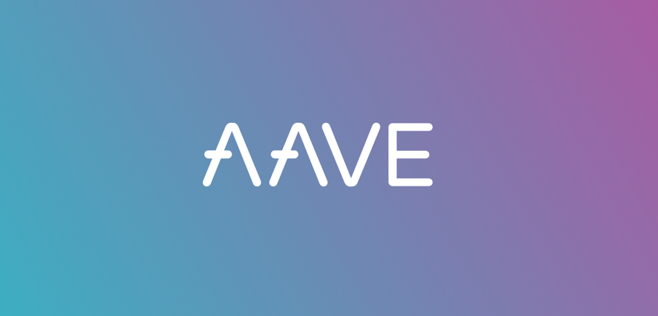
Aave
A leading DeFi lending protocol that offers variable and stable interest rates for borrowers and allows lenders to earn interest on deposited assets.
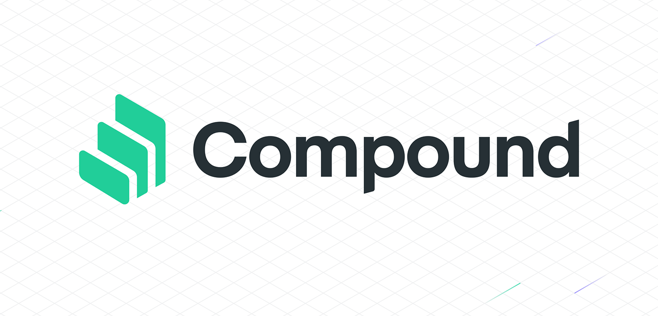
Compound
An algorithmic money market protocol that enables users to supply and borrow assets, with interest rates automatically adjusted based on supply and demand.
Decentralized Exchanges (DEXs)
Decentralized exchanges facilitate peer-to-peer trading of cryptocurrencies without relying on a central authority. DEXs enhance security and privacy by allowing users to maintain control over their funds.
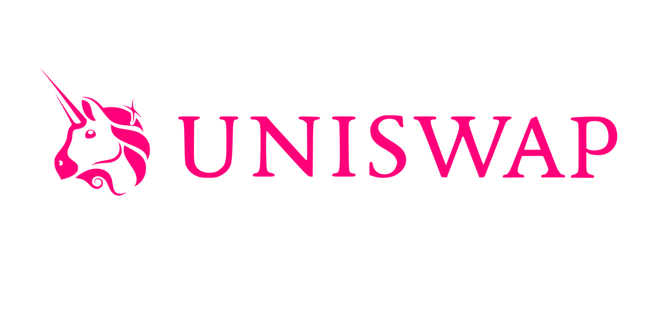
Uniswap
A popular DEX that uses an automated market maker (AMM) model to enable users to trade tokens directly from their wallets.

SushiSwap
Originally a fork of Uniswap, SushiSwap has evolved into a major DEX with unique farming incentives and community governance.
Stablecoins and Synthetic Assets
Stablecoins are cryptocurrencies pegged to stable assets like fiat currencies, providing stability in the volatile crypto market. Synthetic assets are tokenized representations of real-world assets, enabling exposure to traditional financial instruments.
- DAI
A decentralized stablecoin maintained by the MakerDAO protocol, which uses collateralized debt positions to maintain its peg to the US dollar.
- Synthetix
A platform that allows users to create and trade synthetic assets, representing commodities, fiat currencies, and other financial instruments on the blockchain.
Benefits and Challenges of DeFi
DeFi offers a transformative approach to financial services by leveraging decentralized technologies to provide more inclusive and efficient alternatives to traditional systems. However, alongside its numerous advantages, DeFi also presents several challenges that need to be addressed for its continued growth and adoption.
Benefits
- Accessibility
DeFi opens up financial services to anyone with an internet connection, bypassing traditional barriers like credit scores and bank accounts.
- Transparency
Blockchain technology ensures all transactions are publicly recorded, reducing the risk of fraud and enhancing trust.
- Efficiency
Automated processes and smart contracts reduce the need for intermediaries, lowering costs and speeding up transactions.
- Innovation
The open nature of DeFi encourages innovation, with developers continuously creating new financial products and services.
Challenges
- Security Risks
Despite advancements, DeFi platforms are vulnerable to hacks, smart contract bugs, and exploits, leading to potential losses for users.
- Regulatory Uncertainty
The evolving regulatory landscape poses challenges for DeFi platforms, as different jurisdictions may impose varying requirements and restrictions.
- Scalability Issues
High transaction volumes can lead to congestion and high fees on blockchain networks, affecting the user experience.
- Complexity
The technical nature of DeFi can be a barrier for new users, requiring a steep learning curve to navigate the ecosystem safely.
As DeFi continues to mature, addressing these challenges will be crucial to unlocking its full potential and ensuring a more secure, scalable, and user-friendly financial ecosystem.

NFTs (Non-Fungible Tokens)
Non-fungible tokens (NFTs) are unique digital assets that represent ownership or proof of authenticity of a specific item or piece of content on the blockchain. Unlike fungible tokens such as cryptocurrencies, which are identical and can be exchanged on a one-to-one basis, each NFT has distinct properties that make it one-of-a-kind. These properties are recorded on the blockchain, ensuring transparency, provenance, and immutability.
Key characteristics of NFTs include:
- Uniqueness
Each NFT is unique, with metadata that distinguishes it from other tokens.
- Indivisibility
NFTs cannot be divided into smaller units; they exist as whole tokens.
- Ownership
Ownership of NFTs is verifiable and transferable on the blockchain.
- Interoperability
NFTs can be traded and used across various platforms and applications that support the same blockchain standards.
Popular Use Cases for NFTs
NFTs have gained significant traction across various industries, with numerous use cases demonstrating their versatility and potential.
Digital Art and Collectibles
NFTs have revolutionized the art world by enabling artists to tokenize their work and sell it directly to collectors without intermediaries. Digital art NFTs often come with proof of authenticity and ownership, allowing artists to retain control over their creations and earn royalties on secondary sales.

CryptoPunks
One of the earliest NFT projects, featuring 10,000 unique, algorithmically generated characters.

Beeple's "Everydays"
A digital artwork that sold for $69 million at a Christie's auction, highlighting the mainstream acceptance of NFT art.
Gaming and Virtual Worlds
In gaming, NFTs are used to represent in-game assets such as characters, items, and virtual real estate. These assets can be traded or sold on secondary markets, giving players true ownership and the ability to monetize their in-game achievements.
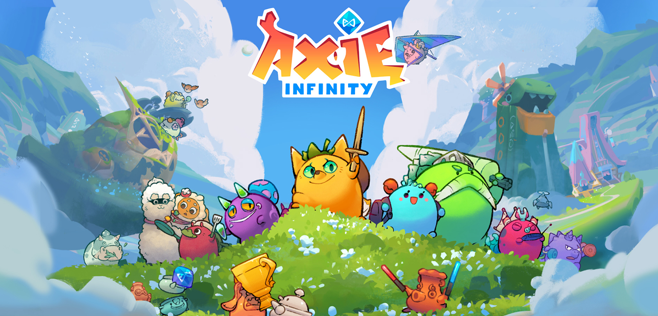
Axie Infinity
A blockchain-based game where players breed, battle, and trade fantasy creatures called Axies.

Decentraland
A virtual world where users can buy, develop, and trade parcels of virtual land as NFTs.
Music and Entertainment
NFTs offer a new way for musicians and entertainers to monetize their work and connect with fans. By tokenizing music, albums, and exclusive content, artists can sell directly to their audience and earn royalties from subsequent sales.
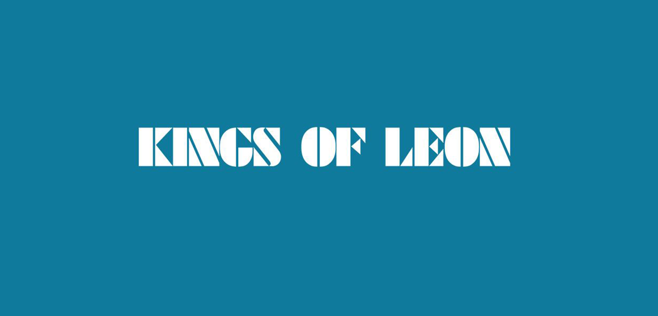
Kings of Leon
The band released their album "When You See Yourself" as an NFT, offering exclusive perks to buyers.
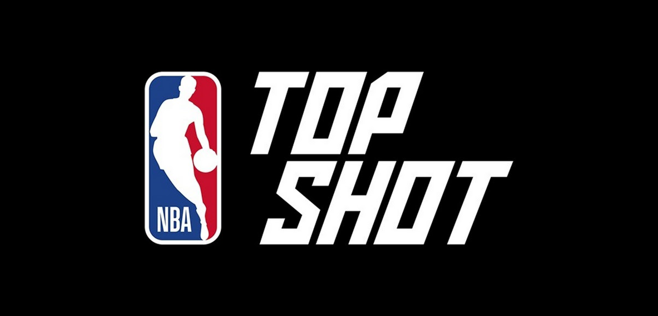
NBA Top Shot
A platform that sells officially licensed NBA highlight clips as collectible NFTs, allowing fans to own and trade moments from their favorite games.
Impact of NFTs on Creators and Consumers
NFTs have had a profound impact on creators and consumers, transforming the way digital content is bought, sold, and experienced.
For Creators
- Direct Monetization
NFTs enable creators to sell their work directly to fans and collectors, bypassing traditional intermediaries.
- Royalties and Revenue
Smart contracts can be programmed to automatically pay creators a percentage of royalties on secondary sales, ensuring ongoing revenue streams.
- Global Reach
The decentralized nature of blockchain technology allows creators to reach a global audience, expanding their market potential.
For Consumers
- Ownership and Authenticity
Consumers can purchase and own unique digital assets, with proof of authenticity and provenance secured on the blockchain.
- Investment Opportunities
NFTs offer a new asset class for investors, with the potential for significant returns on rare and valuable tokens.
- Community Engagement
NFTs provide a way for fans to support their favorite creators and participate in exclusive communities and experiences.
By leveraging the unique properties of blockchain technology, NFTs are transforming various industries, empowering creators, and providing consumers with new ways to engage with digital content. As the ecosystem continues to evolve, the potential applications and impact of NFTs are likely to expand even further.

Decentralized Autonomous Organizations (DAOs)
Decentralized Autonomous Organizations (DAOs) are organizations governed by smart contracts on a blockchain, eliminating the need for traditional centralized management. Decisions within a DAO are made collectively by its members, typically through a voting process that is facilitated by governance tokens. Each token holder can propose changes or vote on proposals, ensuring that the organization operates in a transparent, democratic manner. Smart contracts execute the agreed-upon rules and decisions automatically, reducing the potential for human error and corruption.
Use Cases for DAOs
DAOs have diverse applications across various sectors, leveraging their decentralized nature to foster innovation, transparency, and community involvement.
Community-Driven Projects
DAOs are well-suited for managing community-driven projects where collective decision-making and resource allocation are essential. Examples include:
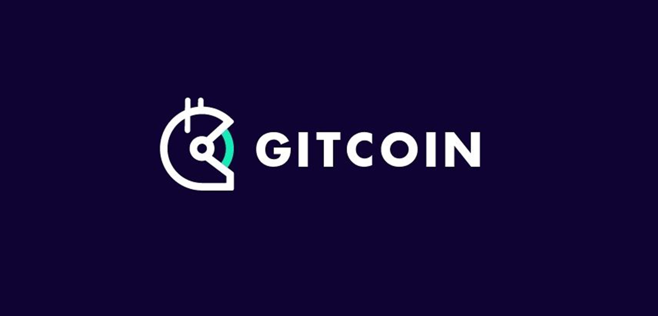
Gitcoin
A platform that funds open-source projects through community contributions and voting.

MolochDAO
Focused on funding Ethereum development projects, where members pool resources and vote on grant proposals.
Investment and Venture Funds
DAOs can operate as decentralized investment funds, pooling resources from members to invest in startups and projects. This democratizes venture capital by allowing a broader range of participants to contribute and make investment decisions.
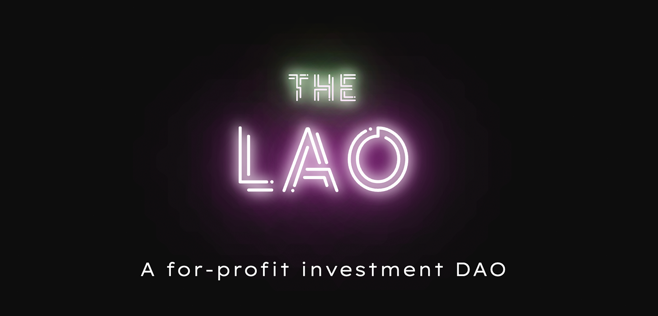
The LAO
A venture capital DAO that enables accredited investors to pool funds and vote on which startups to invest in.
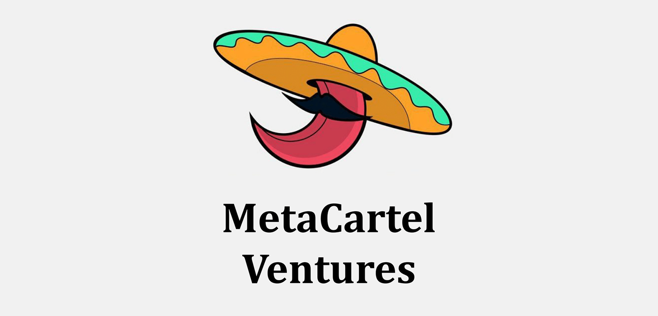
MetaCartel Ventures
Focused on investing in early-stage decentralized applications (dApps) and protocols.
Non-Profit and Social Initiatives
Non-profit organizations and social initiatives can use DAOs to ensure transparency in fund allocation and decision-making. This can help build trust and increase participation from stakeholders.
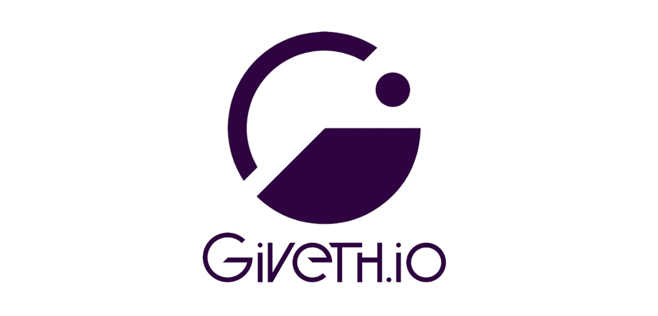
Giveth
A platform for decentralized philanthropy, where donors can see exactly how their contributions are used.

ClimateDAO
An initiative focused on funding and supporting environmental projects through a community-driven approach.
Advantages and Limitations of DAOs
While DAOs offer numerous benefits that can revolutionize organizational governance, they also face several challenges that need to be addressed for their effective implementation and growth.
Advantages
- Transparency
All transactions and decisions are recorded on the blockchain, ensuring full transparency and accountability.
- Decentralization
Power is distributed among all members, reducing the risk of central authority abuses and enhancing democratic participation.
- Efficiency:
Smart contracts automate processes and execute decisions swiftly, reducing administrative overhead and delays.
- Inclusivity
DAOs enable global participation, allowing anyone with internet access to join and contribute, fostering a diverse and inclusive community.
Limitations
- Regulatory Uncertainty
The legal status of DAOs varies by jurisdiction, posing challenges for compliance and enforcement.
- Security Risks
Smart contract vulnerabilities can be exploited, leading to potential loss of funds or manipulation of governance processes.
- Decision-Making Challenges
Achieving consensus among a large, diverse group can be slow and complex, potentially hindering swift action.
- Technical Complexity
The technical knowledge required to understand and participate in DAOs can be a barrier for some users.
By leveraging blockchain technology and smart contracts, DAOs offer a revolutionary approach to organizational governance. They empower communities, democratize investment, and bring transparency to non-profit and social initiatives. However, their success depends on navigating regulatory landscapes, ensuring security, and fostering inclusive participation. As the technology and understanding of DAOs continue to evolve, their potential applications and impact are likely to expand, offering new ways to organize and collaborate in the digital age.

Web3 in Supply Chain and Logistics
The integration of Web3 technologies into supply chain and logistics is revolutionizing how goods are tracked, verified, and managed. These advancements promise to enhance transparency, efficiency, and trust among all stakeholders involved.
How Web3 Technologies Are Used in Supply Chain Management
Web3 technologies, particularly blockchain, are transforming supply chain management by introducing greater transparency, efficiency, and security. These technologies enable the creation of immutable records for each transaction and movement of goods, ensuring that all parties in the supply chain have access to a single source of truth. This reduces the risk of fraud, errors, and disputes, as every step of the process is recorded on a decentralized ledger.
Key applications of Web3 technologies in supply chain management include:
- Smart Contracts
Automated agreements that execute predefined actions when specific conditions are met, reducing the need for intermediaries and manual processing.
- Decentralized Ledgers
Distributed databases that provide real-time visibility into the movement of goods, enhancing transparency and coordination among stakeholders.
- Tokenization
Representation of physical assets as digital tokens on the blockchain, facilitating easier tracking, trading, and management of goods.
Benefits of Blockchain for Transparency and Traceability
Blockchain technology offers several benefits for enhancing transparency and traceability in supply chains:
- Immutability
Once data is recorded on the blockchain, it cannot be altered or deleted. This ensures that all information is accurate and reliable, which is crucial for tracking the provenance of goods and verifying authenticity.
- Real-Time Visibility
Blockchain provides real-time access to supply chain data for all participants. This visibility helps identify bottlenecks, monitor the status of shipments, and improve overall efficiency.
- Reduced Fraud and Counterfeiting
By recording every transaction on an immutable ledger, blockchain helps prevent fraud and counterfeiting. Each product can be traced back to its origin, ensuring that it is genuine and has not been tampered with.
- Enhanced Collaboration
Blockchain facilitates better collaboration among supply chain participants by providing a shared, transparent platform for exchanging information and coordinating activities.
Real-World Examples of Web3 Applications in Logistics
Several companies and projects are leveraging Web3 technologies to improve supply chain and logistics operations:
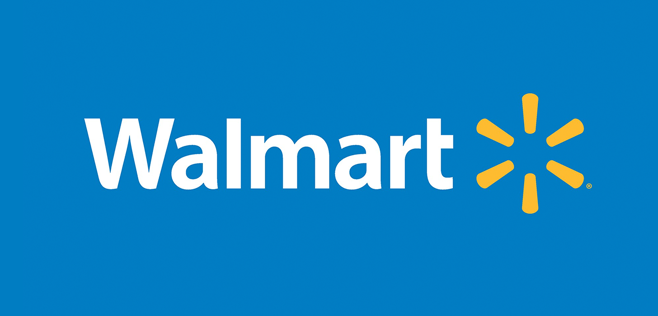
Walmart
Walmart has implemented a blockchain-based system to track the origin and journey of food products. This system improves food safety by enabling quick identification and removal of contaminated items.
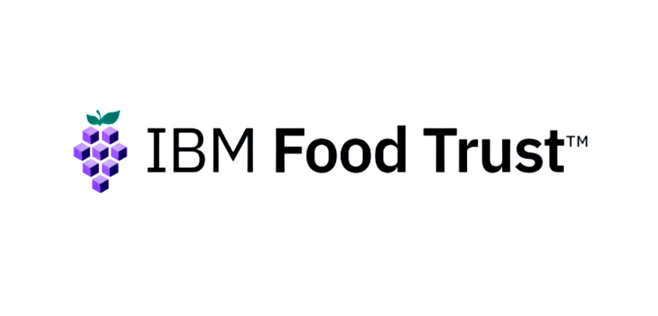
IBM Food Trust
IBM’s blockchain platform is used by various food industry players to ensure transparency and traceability from farm to table. It enhances food safety and reduces waste by providing detailed information about the provenance of products.
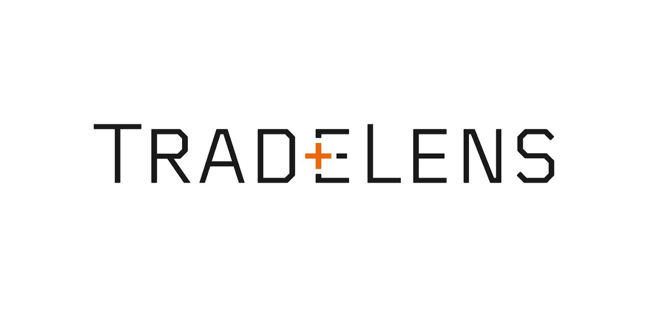
TradeLens
A blockchain platform developed by IBM and Maersk, TradeLens is designed to improve the efficiency and transparency of global trade. It enables real-time sharing of shipping data among participants, reducing delays and improving supply chain visibility.
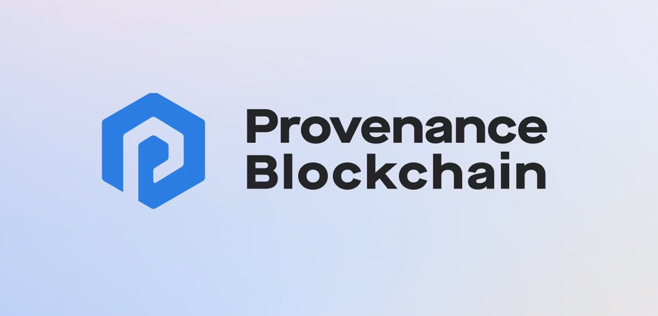
Provenance
A startup that uses blockchain to verify the authenticity and traceability of products. Provenance works with brands to provide consumers with transparent information about the supply chain journey of their purchases.
By integrating Web3 technologies, supply chain and logistics operations can become more transparent, efficient, and secure. These advancements help build trust among stakeholders, reduce costs, and improve the overall reliability of supply chain processes.

Web3 in Identity and Privacy
The advent of Web3 technologies is significantly enhancing how identity and privacy are managed in the digital realm. By decentralizing control and providing more secure and private systems, Web3 offers a paradigm shift in personal data management.
Decentralized Identity Solutions and Their Importance
Decentralized identity solutions are revolutionizing how individuals manage and verify their identities online. Unlike traditional identity systems, which rely on centralized authorities to store and control personal information, decentralized identity solutions leverage blockchain technology to give individuals ownership and control over their own identity data. This approach reduces the risk of data breaches and identity theft, as there is no single point of failure.
Key components of decentralized identity solutions include:
- Self-Sovereign Identity (SSI)
Users create and manage their own digital identities, storing personal information in digital wallets and sharing it selectively with trusted parties.
- Verifiable Credentials
Digital certificates that can be issued, stored, and verified on the blockchain, ensuring authenticity and reducing the need for repeated identity verification.
- Decentralized Identifiers (DIDs)
Unique identifiers created, owned, and controlled by users, enabling secure and private interactions without reliance on centralized databases.
How Web3 Enhances User Privacy and Security
Web3 technologies enhance user privacy and security by providing decentralized and transparent frameworks for managing personal data. The key benefits include:
- Data Ownership
Individuals retain full ownership and control over their personal information, deciding who can access it and under what conditions.
- Reduced Data Breaches
Decentralized storage and encryption of data minimize the risk of large-scale data breaches, as there is no central repository for hackers to target.
- Selective Disclosure
Users can share only the specific pieces of information required for a transaction or verification, enhancing privacy and reducing unnecessary data exposure.
- Tamper-Proof Records
Blockchain technology ensures that identity records and verifiable credentials are immutable and tamper-proof, providing a reliable and secure system for identity verification.
Use Cases of Decentralized Identity in Various Sectors
Decentralized identity solutions have numerous applications across different sectors, enhancing security, privacy, and efficiency.
- Finance
Banks and financial institutions can use decentralized identity to streamline Know Your Customer (KYC) processes, reducing costs and enhancing security. Customers can verify their identity once and reuse their verifiable credentials across multiple institutions.
- Healthcare
Patients can control their medical records and share them securely with healthcare providers. This improves data privacy and enables better coordination of care while maintaining compliance with regulations like HIPAA.
- Education
Educational institutions can issue digital diplomas and certificates as verifiable credentials on the blockchain. This simplifies the verification process for employers and other institutions, reducing fraud and administrative overhead.
- Travel and Hospitality
Travelers can use decentralized identity solutions for seamless and secure identification at airports, hotels, and other points of entry. This enhances security while providing a frictionless travel experience.
- Government Services
Governments can implement decentralized identity solutions to provide citizens with secure and private access to public services, voting systems, and social benefits. This ensures transparency and reduces bureaucratic inefficiencies.
By leveraging Web3 technologies, decentralized identity solutions offer a more secure, private, and user-centric approach to identity management. These solutions have the potential to transform various industries by enhancing trust, reducing fraud, and empowering individuals with control over their personal data.

Gaming and Virtual Realities
Web3 technologies are transforming the gaming industry by introducing decentralized platforms and blockchain-based assets. These technologies enable true ownership of in-game items, transparent economies, and innovative gameplay experiences. By leveraging blockchain, games can offer unique digital assets (such as NFTs) that players can own, trade, and monetize outside the game's ecosystem.
Benefits for Gamers and Developers
The integration of Web3 technologies into gaming offers significant advantages for both players and game developers, fostering a more dynamic and rewarding ecosystem.
For Gamers
- True Ownership
Players gain actual ownership of in-game assets through NFTs, which can be bought, sold, or traded independently of the game.
- Monetization Opportunities
Gamers can earn real-world value from their in-game activities, such as selling rare items or participating in play-to-earn models.
- Interoperability
Blockchain-based assets can be used across multiple games and platforms, creating a more interconnected gaming experience.
For Developers
- New Revenue Streams
Developers can generate revenue through the sale of NFTs, transaction fees, and secondary market royalties.
- Enhanced Engagement
Blockchain-based economies incentivize players to engage more deeply with the game, fostering a more active and loyal community.
- Transparency
Smart contracts ensure transparent and fair transactions, reducing fraud and enhancing player trust.
Examples of Web3-Based Games and Virtual Worlds
Web3 technologies have already made significant inroads into the gaming industry, with several successful projects demonstrating their potential. These examples showcase how blockchain can revolutionize game mechanics, ownership, and player engagement.
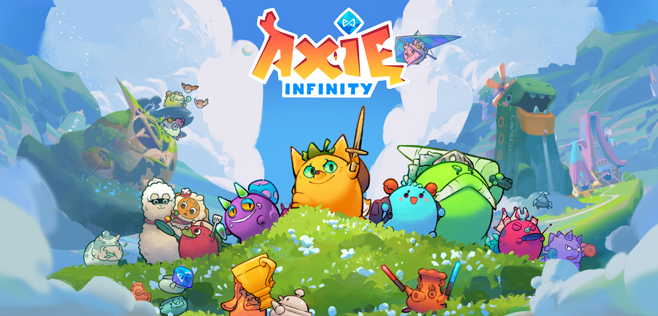
Axie Infinity
A blockchain-based game where players breed, battle, and trade fantasy creatures called Axies. Players can earn cryptocurrency by participating in the game, making it a leading example of the play-to-earn model.

Decentraland
A virtual world built on the Ethereum blockchain where users can buy, develop, and trade parcels of virtual land as NFTs. It allows for various interactive experiences, from virtual real estate development to gaming and social events.
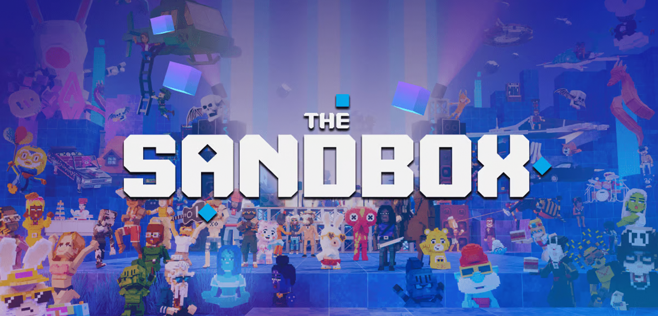
The Sandbox
A decentralized virtual gaming world where players can create, own, and monetize their gaming experiences using SAND, the platform's native token. It combines user-generated content with blockchain-based asset ownership.

CryptoKitties
One of the first blockchain games, allowing players to collect, breed, and trade virtual cats. Each CryptoKitty is a unique NFT, demonstrating the potential for digital collectibles in gaming.
Web3 technologies are opening up new possibilities in the gaming industry, providing both gamers and developers with unprecedented opportunities for innovation, ownership, and engagement. As these technologies continue to evolve, they are likely to play an increasingly central role in shaping the future of gaming and virtual realities.

Social Media and Content Creation
Web3 technologies are revolutionizing social media by decentralizing content control and monetization, giving power back to users and creators. Traditional social media platforms are often centralized, meaning a single entity controls user data, content distribution, and monetization strategies. Web3 social media platforms, however, use blockchain and decentralized networks to enable user-owned and governed ecosystems.
Key aspects of this transformation include:
- Decentralization
Content is stored and managed on decentralized networks, reducing the risk of censorship and ensuring greater control for users over their data.
- Tokenization
Creators can tokenize their content, allowing for new monetization models and direct financial relationships with their audiences.
- Governance
Users can participate in platform governance through decentralized autonomous organizations (DAOs), influencing decisions and policies.
Benefits for Content Creators and Consumers
Web3 social media platforms offer numerous advantages for both content creators and consumers, enhancing the overall digital experience.
For Content Creators
- Ownership and Control
Creators retain ownership of their content and data, allowing them to control how it is used and monetized.
- Direct Monetization
Through tokenization and smart contracts, creators can receive direct payments from their audience without intermediaries taking a significant cut.
- Enhanced Engagement
Web3 platforms often include mechanisms for audience participation and rewards, fostering a more engaged and loyal community.
For Consumers
- Privacy and Security
Decentralized networks ensure better privacy and security for user data, reducing the risk of data breaches and unauthorized use.
- Content Authenticity
Blockchain technology provides transparent proof of content origin and ownership, helping to combat misinformation and ensure content authenticity.
- Incentivized Participation
Users can earn tokens for their contributions to the platform, such as creating content, curating, or engaging with other users, creating a more interactive and rewarding experience.
Case Studies of Web3-Based Social Media Platforms
Several Web3-based social media platforms are pioneering new ways to engage with content and foster community-driven ecosystems. These platforms highlight the transformative potential of Web3 technologies in content creation and distribution.
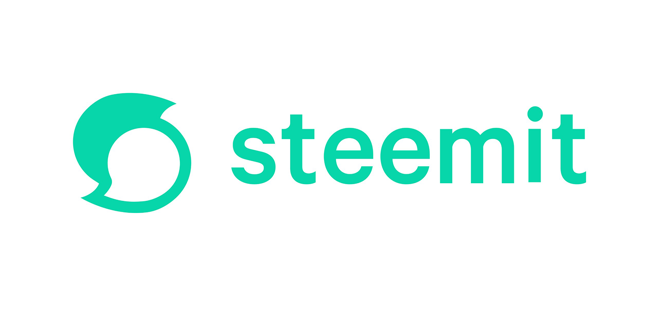
Steemit
Steemit is a blockchain-based social media platform where users earn cryptocurrency (STEEM) for creating and curating content. The platform leverages a decentralized model to reward user participation and foster a community-driven ecosystem. Steemit provides an alternative to traditional social media monetization, allowing users to directly earn from their content without relying on advertising revenue. The platform also ensures greater content ownership and reduces the risk of censorship.
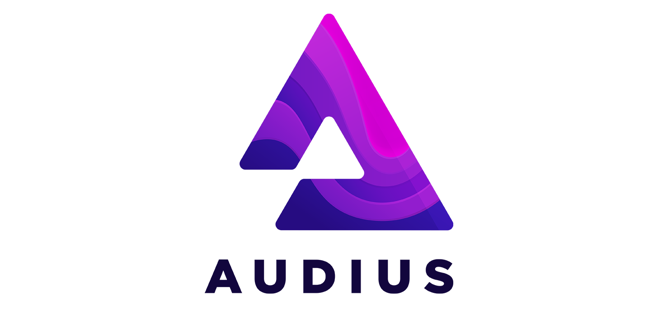
Audius
Audius is a decentralized music streaming platform built on blockchain technology. It enables artists to publish and monetize their music directly, without intermediaries. Audius allows musicians to retain control over their work, earn more from their streams, and engage directly with their fans. The platform's decentralized nature also ensures that content remains accessible and free from centralized control.

Mirror
Mirror is a decentralized publishing platform that enables writers to tokenize their work and engage with their audience through decentralized governance and monetization models. Writers on Mirror can retain ownership of their content, leverage token sales to monetize their work, and involve their audience in the editorial process through governance tokens. Web3 technologies are poised to significantly transform social media and content creation by empowering users and creators with greater control, ownership, and monetization opportunities. These changes promise to foster more democratic and equitable online communities, reshaping the landscape of digital content and social interaction.

Future Trends and Developments
Web3 technologies are continuously evolving, bringing forth emerging trends and potential new use cases that promise to further revolutionize various industries. One notable trend is the rise of cross-chain interoperability, which aims to connect different blockchain networks, allowing for seamless transfer of assets and data across platforms. This will enhance the functionality and user experience of Web3 applications, breaking down silos and fostering a more integrated digital ecosystem.
Another significant development is the growth of decentralized finance (DeFi) protocols that incorporate real-world assets, such as real estate and commodities, into their platforms. This could expand the reach of DeFi beyond digital assets, offering more diverse investment opportunities and bridging the gap between traditional finance and the blockchain world. Additionally, advancements in decentralized identity solutions are expected to further enhance privacy and security, enabling more secure and user-centric ways to manage personal data and access services.
In the realm of content creation and social media, we can expect to see more platforms adopting decentralized models, empowering creators with greater control and direct monetization avenues. The integration of NFTs in various forms of digital media will likely continue to grow, offering unique ownership and engagement experiences for users. Virtual reality (VR) and augmented reality (AR) technologies, combined with blockchain, could also lead to new immersive and interactive Web3 applications, particularly in gaming, education, and virtual workspaces.
As we look to the future, the impact of Web3 technologies on industries such as finance, supply chain, healthcare, and entertainment is poised to be profound. These technologies have the potential to democratize access, enhance transparency, and create more resilient and efficient systems. The ongoing evolution of Web3 will likely bring about new innovations and use cases that we can only begin to imagine today.
In summary, the key use cases discussed – from DeFi and NFTs to DAOs and decentralized identity solutions – illustrate the transformative potential of Web3 across various sectors. As these technologies mature and integrate further into our daily lives, they will undoubtedly reshape the digital landscape, offering more secure, transparent, and user-centric solutions. The future of Web3 is bright, with endless possibilities for innovation and improvement, paving the way for a more decentralized and equitable digital world.
Read More




 Get RateX Pro
Get RateX Pro

 06 Jun 2024
06 Jun 2024
